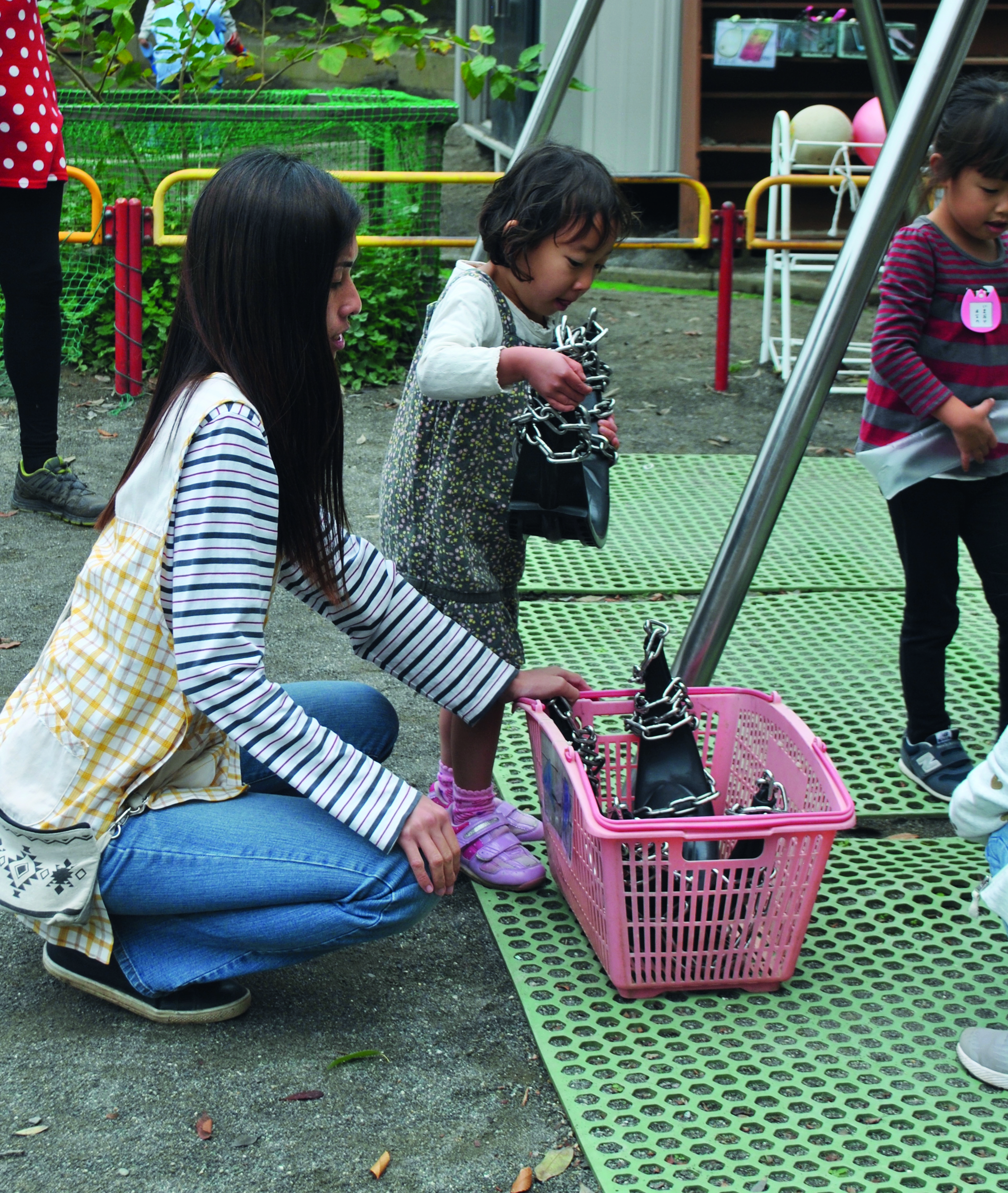
Activity
IN A TIGHT SPOT
 Lots of settings, whether offering year-round or term time only provision, will have been reflecting on practice over the quieter summer months, perhaps thinking about how to become more efficient in setting up and packing away and making better use of familiar resources. Now would be an excellent time to plan and begin to implement ‘responsibility routines’ outdoors.
Lots of settings, whether offering year-round or term time only provision, will have been reflecting on practice over the quieter summer months, perhaps thinking about how to become more efficient in setting up and packing away and making better use of familiar resources. Now would be an excellent time to plan and begin to implement ‘responsibility routines’ outdoors.
One of the factors that contributes to the higher levels of physicality and risk-taking in the Japanese settings I have studied was the presence of shared responsibilities and clear routines:
Personal, social and emotional springboards
Register now to continue reading
Thank you for visiting Nursery World and making use of our archive of more than 35,000 expert features, subject guides, case studies and policy updates. Why not register today and enjoy the following great benefits:
What's included
-
Free access to 4 subscriber-only articles per month
-
Unlimited access to news and opinion
-
Email newsletter providing activity ideas, best practice and breaking news
Already have an account? Sign in here









